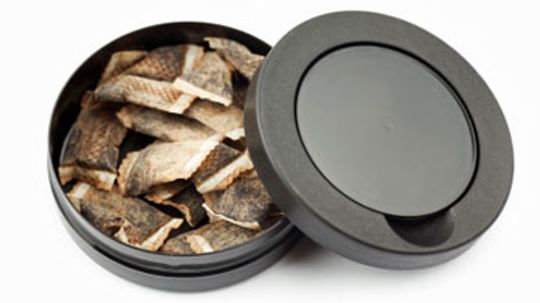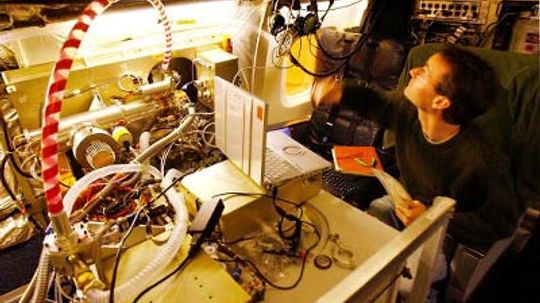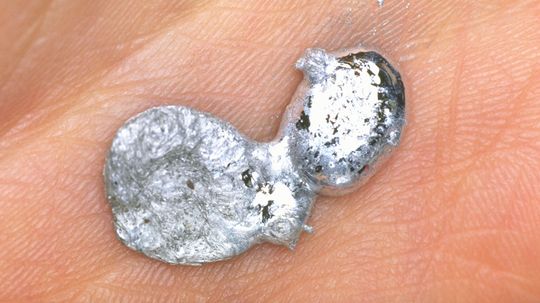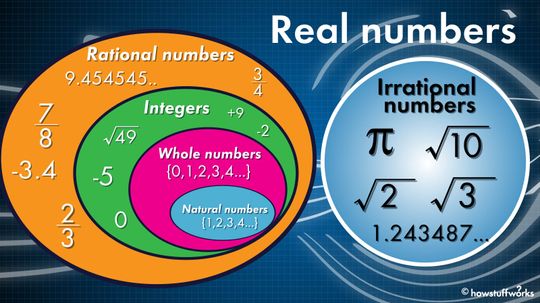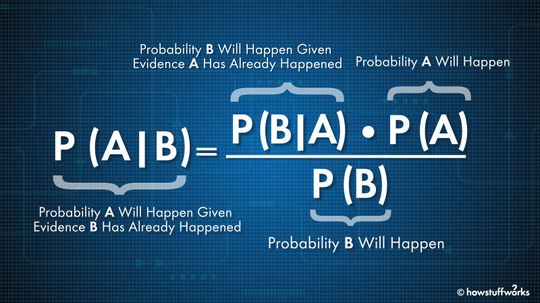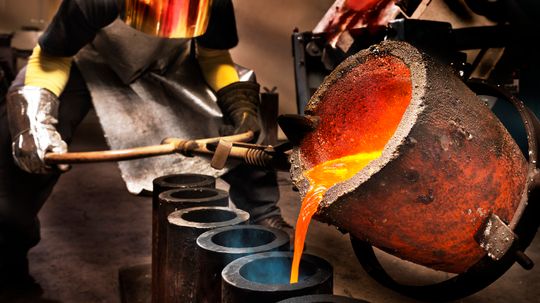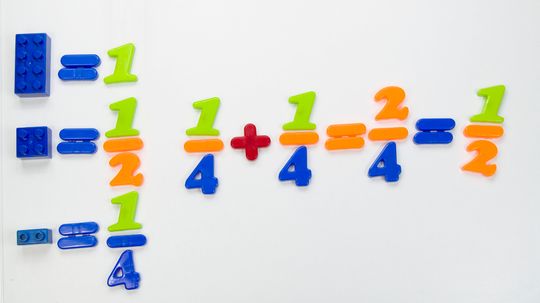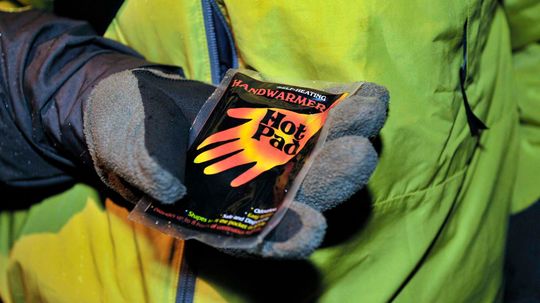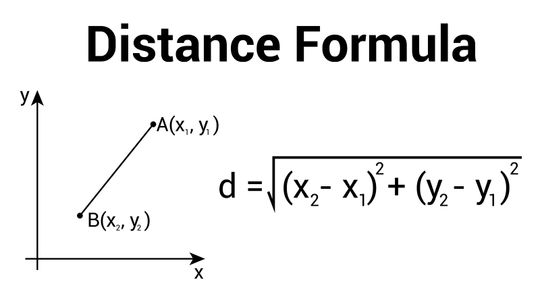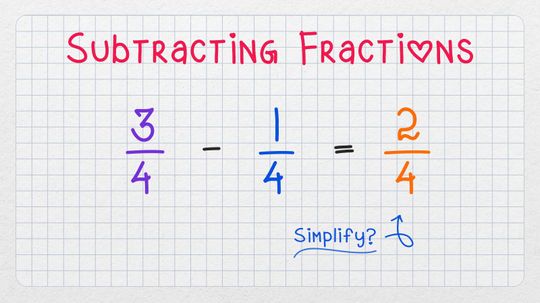Physical Science
Physical science is the study of the physical world around you. Learn about everything from electricity to magnetism in this section.

Brown Noise vs. White Noise: Which Is Best for Quality Sleep?

Can a sound wave kill you?

Can two cans and a string really be used to talk over a distance?

Delta-8 vs. Delta-9: Comparing Types of THC
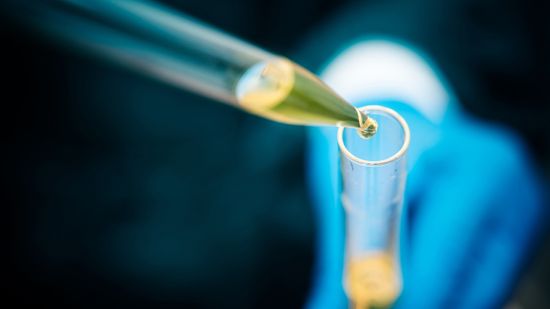
Strong Bases: Properties, Applications and Examples

Comparing Strong Acids and Weak Acids

How Electricity Works

How Faraday Cages Work

How Gasoline Works

What do bugs have to do with forensic science?

5 Things You Didn't Know About Autopsies

Do a Person’s Fingerprints Change After Death?

How Alchemy Paved the Way for Chemistry

How did Nikola Tesla change the way we use energy?

Time May Not Exist, Say Some Physicists and Philosophers

Why Does Ice Stick to Your Fingers?
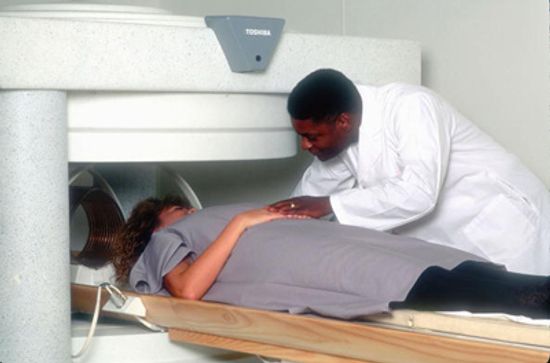
What if I forgot to remove a piercing before an MRI?
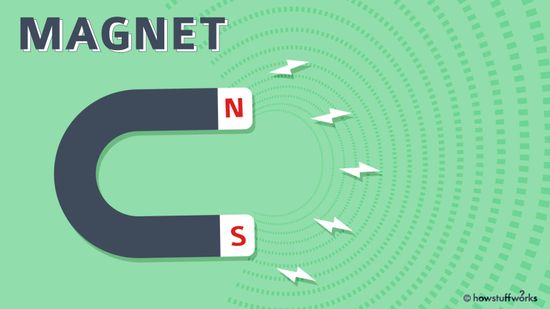
A Kid-friendly Introduction to Magnets and Magnetism

Deciphering 'Greater Than,' 'Less Than' and 'Equal To' Symbols

Getting a Handle on Fraction-to-Decimal Conversions

How to Make a Number Line for the Classroom
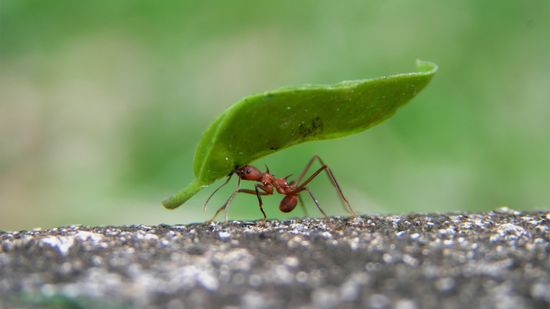
5 Hugely Fun Facts About Mass (Not Weight)

Antarctica's Spooky Cosmic Rays Might Shatter Physics As We Know It

Entropy: The Invisible Force That Brings Disorder to the Universe

The Demon Core: A Tale of Atomic Ambition and Tragic Fate
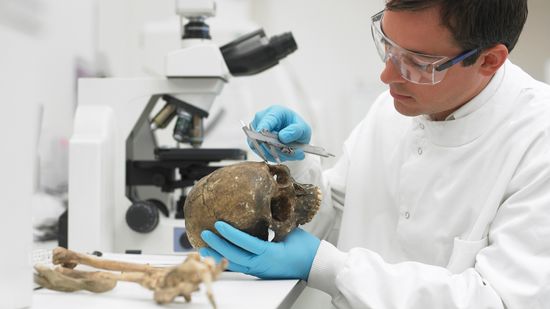
Half-Life Formula: Components and Applications

Could an 'X17 Particle' Hint at a Fifth Force in the Universe?

Why Are School Buses Yellow?

HowStuffWorks: How To Draw An Impossible Shape
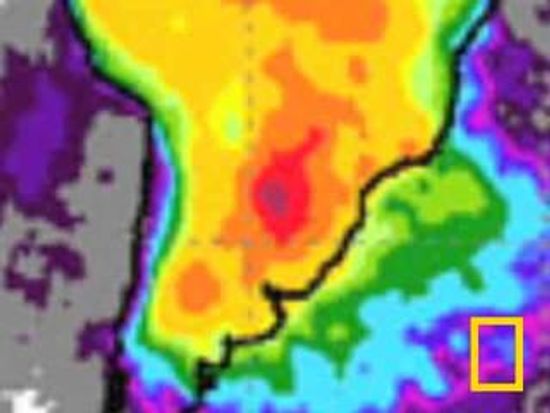
What Are the Colors in the Visible Spectrum?
Learn More / Page 8
You use the number zero all the time, but it may surprise you to learn that it sometimes isn't a number at all. It may surprise you even more to learn that it was all but invented. See what else surprises you about zero in this article.
By Josh Clark
First there was Volvo. Then came IKEA. Well get ready for the next major Swedish export: snus, a smokeless tobacco product, similar to dip or chew.
Mass spectrometry enables the major league to sniff out athletes guilty of doping. It can also help us locate oil or design a killer perfume. Who says chemistry isn't cool?
Advertisement
First, you burn the body until only brittle, pulverized bones are left. These remains are pulverized into ashes, and then placed into urns -- or diamonds, coral reefs and even outer space.
By Michelle Kim
Overtone is a sound accompanying the main tone produced by a vibrating body. The number and loudness of overtones determine the timbre, or tone color, of a musical sound.
An object free to vibrate tends to do so at a specific rate called the object's natural, or resonant, frequency.
When sound waves strike the ear, these waves produce the sensation of sound. Let's take a look at how sound waves work.
Advertisement
DNA found at a crime scene doesn't automatically mean the person matching it is guilty, say researchers of new forensics guide.
By Dave Roos
Static electricity happens when there's an imbalance between negative and positive charges in an object. It's when those charges get released that we feel that infamous spark.
More than fodder for melt-in-your-hand YouTube videos, gallium is a key component in LED lights and the powerful microchips in your smartphone.
By Dave Roos
You use solenoids every day without ever knowing it. So what exactly are they and how do they work?
By Mark Mancini
Advertisement
Scientists at the Lawrence Berkeley National Laboratory just made history with einsteinium. They held a sample of the short-lived element long enough to measure some of its chemical properties.
By Dave Roos
From soap to pharmaceutical products, glycerine has many applications.
You may remember from math class that a prime number is a number that can only be divided by 1 and itself. But why are they important anyway?
Rational numbers can be expressed as the ratio of two integers, while irrational numbers, such as square roots of non-square numbers, cannot.
Advertisement
Bayes' theorem describes the probability of an event, based on prior knowledge of conditions that might be related to the event. Sounds intimidating, but we'll walk you through it.
By Mark Mancini
Science requires that we make guesses, which is why we have confidence intervals.
Adrenochrome has been linked to schizophrenia and the LSD counterculture movement. Now QAnon conspiracy theorists say it's part of a child sex-trafficking cult. So what's the truth behind this chemical compound?
The fields of sciences and mathematics are capable of some amazing things and answering some of the biggest and most puzzling questions on the planet. But what may shock you is that some of the most mundane and seemingly simple questions have no real confirmed answers from scientists. From how a bike works to how […] The post 15 Seemingly Simple Questions We Don’t Know the Answer To appeared first on Goliath.
By Jack Sackman
Advertisement
Metallurgy involves studying how metals behave and using that understanding to manipulate and shape them into various forms.
If you're already familiar with subtracting fractions, learning how to add fractions will be a piece of cake for you. And if you haven't learned how to subtract fractions yet, don't worry — we've got you covered!
Hand warmers work through simple chemistry. A massively sped-up version of oxidation (the chemical reaction that makes rust) is to thank.
You can find the distance between two points by using the distance formula. It's an application of the Pythagorean theorem. Remember that from high school algebra?
Advertisement
The very idea of trying to subtract one fraction from another may send you into convulsions of fear, but don't worry — we'll show you how.
Want to know the area of your pizza or the kitchen you're eating it in? Come on, and we'll show you how to figure it out with an area formula.

